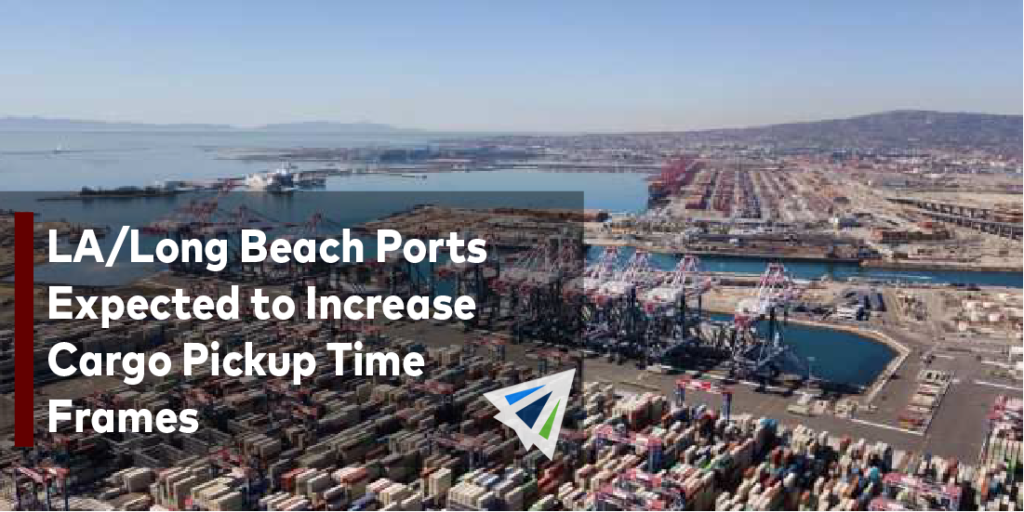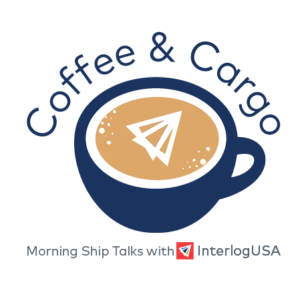Competitive Edge
September 29th, 2021
Stay Current with Interlog’s Weekly Newsletter:
Sign up for our next Coffee & Cargo webinar –> CLICK HERE
Ocean Freight Market Update
Europe –> North America:
Rates: Expect October 1st GRI.
Space: Limited – Expect some delays to US South West. Long Beach is highly congested, as of 9/21, over 42 vessels are waiting at bay.
Capacity: Tight – Fewer bookings to inland rail ramp destinations
TIPS: With capacity tight, it is recommended to book on premium services. Recommend to book 4-5 weeks in advance. Work on obtaining booking before 10/1 for best rates.
North America –> Asia:
Rates: October 1st GRI for some carriers.
Space: Space is slowly opening; however port congestion is making things difficult.
Capacity: Steady for Standard Containers.
TIPS: Looking into re-routing options may be helpful to avoid port congestion at LGB and OAK. Seattle and Texas may be good alternatives for your cargo.
Asia -> North America
Rates: No October GRI expected – rates are starting to decrease. Space is opening, especially from key ports that were previously overwhelmed.
Space: port congestion is lessening.
Equipment Availability: near-normal conditions, except limited 45HC availability
Did You Know?
The fastest gust of wind ever recorded on Earth was 253 miles per hour
Freight News
Container Ships Continuing to Pile up off China's Ports
Congestion yet again is impacting the industry, with more than 60 container ships stuck offshore at Los Angeles and Long Beach. As of Friday, more than 150 are waiting to load export cargo off Shanghai and Ningbo, according to eeSea and reported by American Shipper.
With the congestion in China taking place, it is alleviated some of the congestion in Los Angeles and Long Beach, however that is not necessarily a good thing. What is happening in the industry is an endless cycle of temporarily alleviation followed by surges in delayed cargo. “As ship operators pile more capacity into the Trans-Pacific, congestion rises, delays mount, the incentive for shippers to pay premiums is supported, and all-in rates remain at record highs,” says Simon Sundboell, founder of eeSea told American Shipper.
Back in January, the average capacity of ships serving Asia-West Coast was 8,601 TEUs, currently it is at 7,125 TEUs, which is a 17% decrease, according to American Shipper. So, not only are there more ships but the size of the ships are getting smaller, which is another reason for the increase in congestion.
Large Companies are Starting to take Matters in their Own Hands, Contracting their Own Container Ships
Major shipping lines continue to not be able to meet commitments, even for large customers, because ports and distribution partners are drowning in freight volumes, which is forcing vessels to wait at sea for up to two weeks at major ports. Back in June, Home Depot made the decision to contract its own container ship, hoping to minimize the impact that the global shipping crisis has had on the industry.
Costco has decided to charter three ships for a year and lease several thousand containers to import merchandise from Asia to the US and Canada according to Freightwaves. Throughout their one-year lease period, the vessels will carry between 800-1,000 containers and each wil make about 10 trips. Last Thursday on a call with analysts, Costco CFO Richard Galanti stated that this will help avoid spending six times the normal price on shipping or containers through a third party. Galanti also mentioned that Costco is beginning to order earlier, increasing their inventories, diversifying its supplier base and product mix, as well as passing on increased transportation costs to customers.
However, despite the product and transportation inflation and dealing with less-than-ideal market conditions, Costco reported a $280 million increase in net income to $1.67 billion, year-over-year. Source: Freightwaves
Sign up for our
industry answers
Our team works to provide valuable, unique, and relevant content to assist you in finding solutions. Sign up now.

